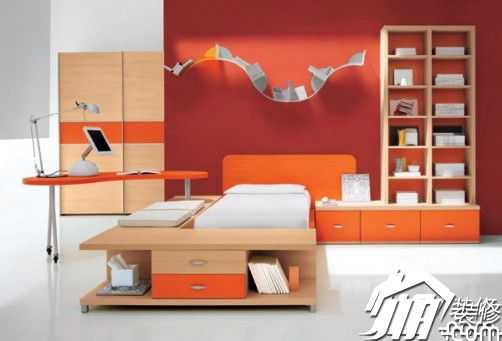
1. Floor heating inspection, commissioning and acceptance shall be submitted by the construction unit in a written report. The supervision unit shall organize inspections and acceptance by relevant professionals and shall make records.
2. The professional construction unit of the floor heating system project shall have relevant construction qualifications. The inspection personnel of the project quality shall have corresponding professional and technical qualifications.
3. The inspection, adjustment and acceptance of floor heating systems shall follow the principle of “coordinating and coordinating with all parties concernedâ€. Before the handover of various professions and processes or concealment, the following contents shall be checked and accepted, and conclusions shall be drawn. :
1 The quality of pipelines, branches, water collectors, valves, fittings, insulation materials, etc.
2 piping, valves and other installation quality;
3 concealed before the hydraulic pressure test inspection and acceptance;
4 The inspection and acceptance of the construction quality of the original ground, filling layer and surface layer;
5 Intermediate handover quality inspection and acceptance;
6 concealed hydraulic pressure test and acceptance;
7 loop, system commissioning commissioning.
4, construction plans and materials, equipment inspection
(1) The construction unit shall prepare the construction organization design or construction plan according to the construction drawings and engineering technical standards, and the construction can only be carried out after approval.
(2) The main materials, equipment components, valves, fittings, and heat insulation materials used in the floor heating system must have quality certification documents. The specifications, models, and performance specifications should meet the relevant national technical standards and should be checked and accepted when approaching the site.
(3) Prior to installation of the valve, sub-collector assembly, strength and tightness tests should be done. Experiments should be conducted in each batch (of the same brand number, same model, same specification) for 10%, and not less than one, for installation in The bypass valves on the water inlet and collector outlets and bypass piping shall be tested one by one for strength and tightness and shall be fully qualified.
(4) The strength of the valve test is 1,5 times the pressure working pressure; the tightness test pressure is 1,2 times the working pressure, the valve strength and tightness test duration of DN ≤ 50mm is 15 seconds, during which the pressure remains unchanged, and Shell, packing and sealing surface no leakage.
5. Acceptance of construction installation quality
(1) After the heating pipe of the floor heating system has been installed, the construction unit shall, in accordance with the requirements of the concealed project, carry out the intermediate acceptance by the construction unit together with the supervision unit before filling the concrete layer with mixed soil.
(2) When the floor heating system carries out the intermediate acceptance, the following items must be inspected and conclusions must be drawn:
1 whether the thickness of insulation layer, laying and physical properties of materials are in compliance with the requirements;
2 Whether the material of the heating pipe, the outer diameter of the pipe, the wall thickness, the spacing between the pipes, the bending radius, etc. meet the design requirements, and whether the fixing is reliable or not;
3 Whether the expansion joint is laid according to the regulations;
6. Divided water collectors (including connectors, etc.) shall have finished product protection measures after installation, and the casing out of the ground shall have fixed measures.
7. There should be no joints in the heating pipe in the filling layer. Construction standards and allowable deviations of the pipeline installation engineering and construction standards and allowable deviations of the original ground, filling layer and surface layer shall comply with relevant regulations.
design of the villa
Sanding Belt
Abrasive belt is a belt-shaped tool that can be ground and polished, which is made by bonding abrasives to flexible materials such as paper and cloth with a binder. It is a main form of coated abrasives. Its basic composition is: base material, abrasive and binder, collectively called the three elements of abrasive belt. Abrasive belt is the main tool of the sanding process. Abrasive belt grinding is a soft grinding method, which is a compound processing abrasive tool with multiple functions of grinding, grinding and polishing.
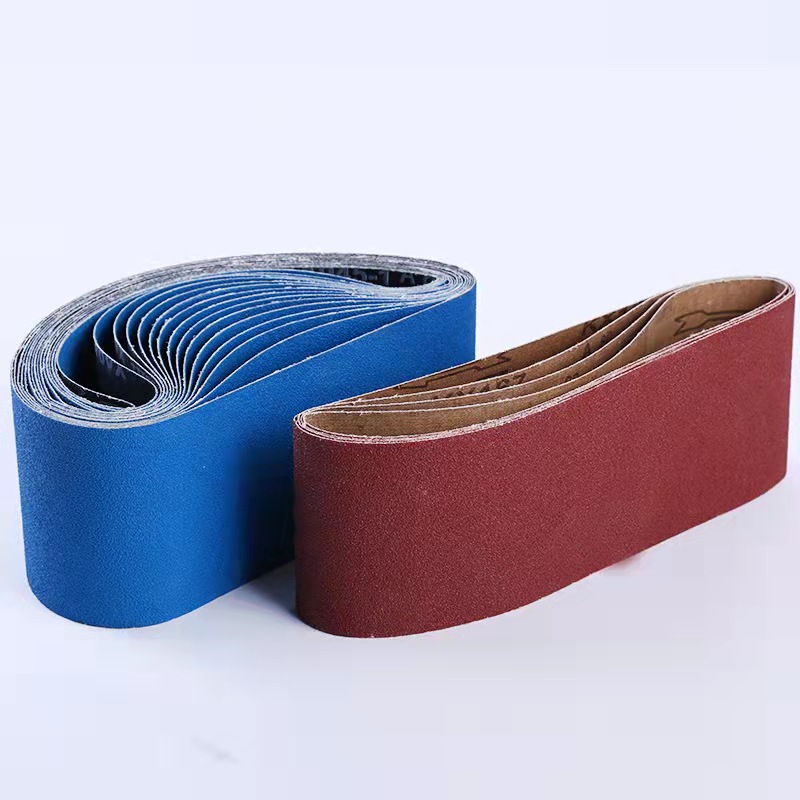
Abrasive tools are tools for grinding, grinding and polishing. Most of the abrasives are artificial abrasives made of abrasives and bonding agents, and natural abrasives are also directly processed from natural ore. In addition to being widely used in machinery manufacturing and other metal processing industries, abrasive tools are also used in the processing of non-metallic materials such as food processing, paper industry and ceramics, glass, stone, plastic, rubber, and wood.
Abrasives are divided into natural abrasives and artificial abrasives. All materials that can be used for grinding or grinding in nature are collectively referred to as natural abrasives.
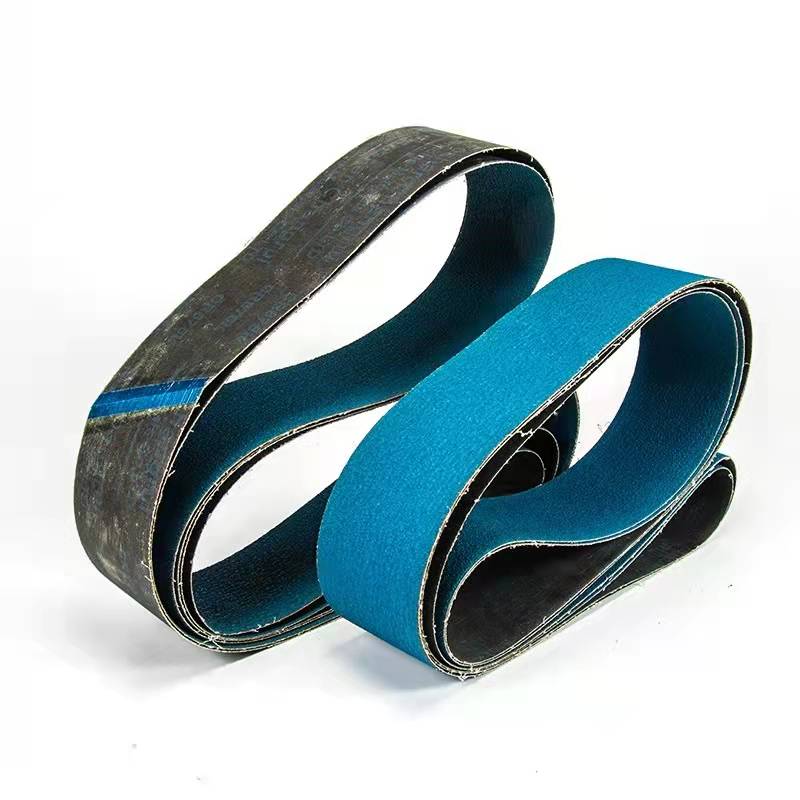
Natural abrasives mainly include: natural corundum and garnet
Artificial abrasives mainly include: white corundum, brown corundum, silicon carbide, zirconium corundum, synthetic diamond, cubic boron nitride.
How to choose a suitable abrasive belt and further improve the smoothness and flatness of sanding is a very important issue in the use of abrasive belts. Due to the differences in the three major components of abrasive belts and various characteristic factors, abrasive belts can be divided into many varieties according to different grinding objects, grinding conditions and grinding requirements. The following is the classification of abrasive belts according to abrasives. Different abrasive belts are suitable for different products. The following types of belt operations are: automatic grinding, mechanical hand grinding, desktop grinding, and manual tool grinding.
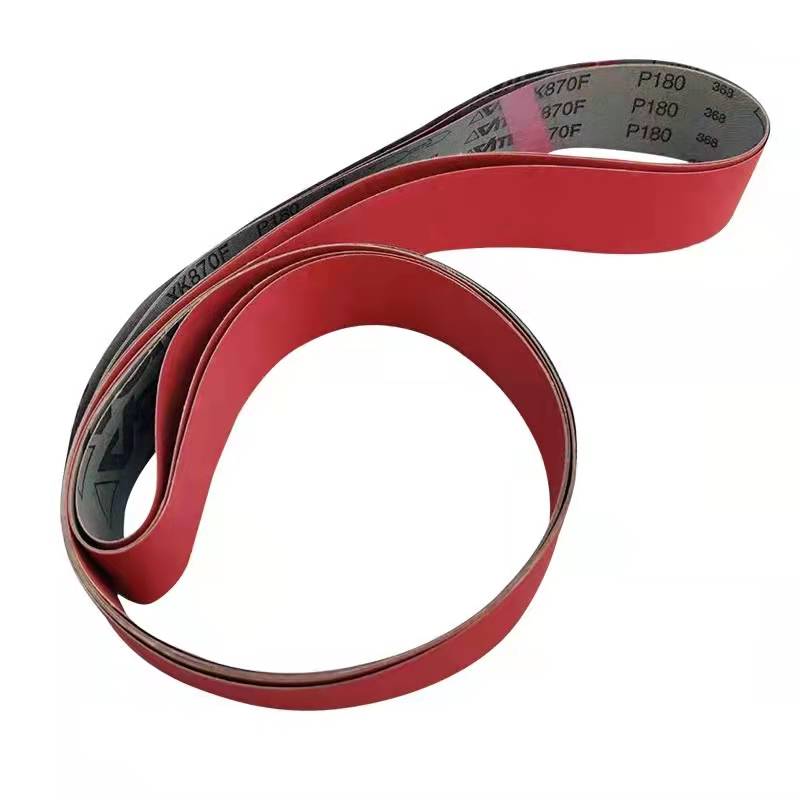
Types of abrasive belts (according to abrasives):
1: Accumulated abrasive belt
Application: Widely used in polishing various non-alloy, low-alloy and high-alloy steel, stainless steel, brass, bronze and other non-ferrous metals. Good self-sharpening, long service life, uniform grinding volume and uniform surface roughness.
2. Brown corundum belt
Application: Widely used in metallurgy, machinery, shipbuilding, wood, building materials, textile printing and dyeing industries. Grinding and polishing of bamboo and wood products, decorative panels, stainless steel, non-ferrous metals and other complex surfaces. Fast cutting, heat resistance, long service life, efficient wear resistance.
3. Ceramic abrasive belt
Application: Widely used in grinding chromium steel, chromium-nickel steel, stainless steel, high-alloy steel, nickel-based alloy, titanium alloy, brass and bronze, etc., with good self-sharpening, strong grinding, and large removal of grinding materials.
4. Silicon carbide belt
Application: Widely used in the grinding and polishing of brass, bronze, titanium alloy, aluminum alloy, glass, ceramics, minerals, stone, rubber, and synthetic materials. The sand surface is sharp, with very high strength and grinding ability, suitable for grinding medium and high density plates. The bucky has strong tension and ultra-wide sub-tension, which can be used for ultra-large abrasive belts.
5. Zirconium corundum abrasive belt
Application: Widely used in the grinding and polishing of steel, alloy steel, cast iron and non-ferrous metals, medium load or heavy load powerful grinding. The rigid polyester fabric is resistant to strong tension and impact, has high abrasion resistance, and has excellent comprehensive cost performance.
We distributes and wholesales various brands of Bonded Abrasives , Abrasive Sanding Disc, Cutting Wheels , Abrasive Flap Disc, Flap Wheels , Flap Disc Backing Pad, Flap Disc Adhesive , and Surface Conditioning Product etc, and enjoy a high position among consumers.
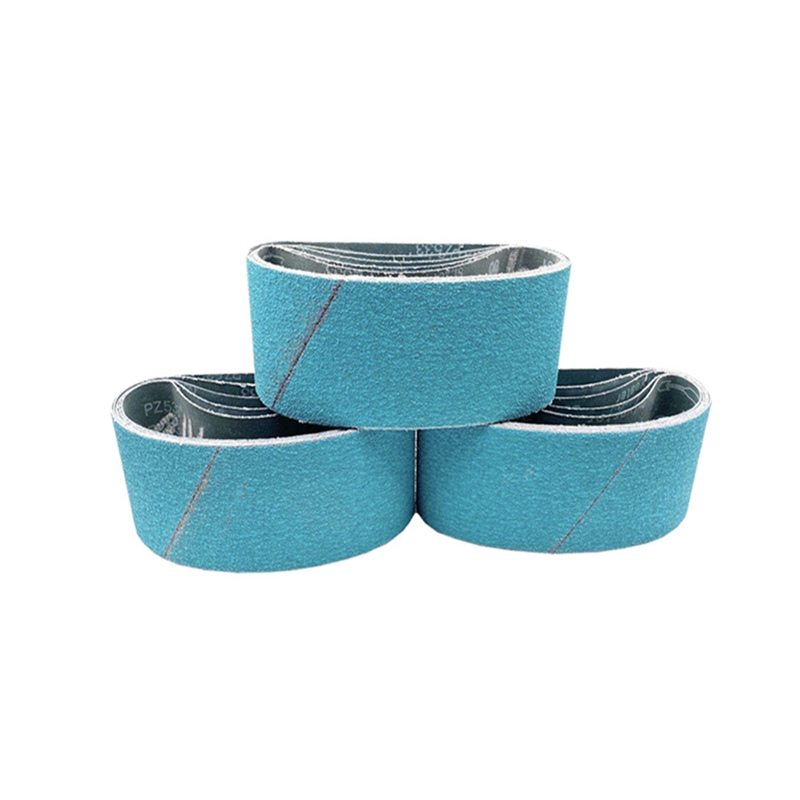
Belt Sander Paper,abrasive sander belt,GXK51 sanding belt,Sanding Belt,Delta Belt Sander
Zhengzhou Jiading Abrasive Manufacturing Co.,Ltd , https://www.jd-abrasives.com